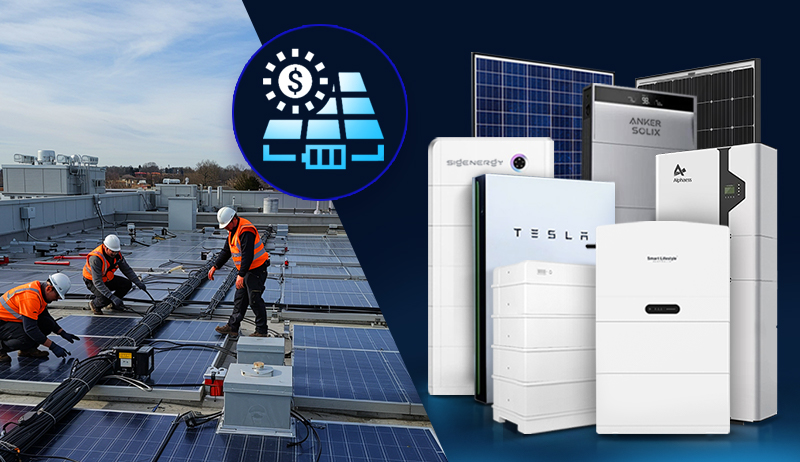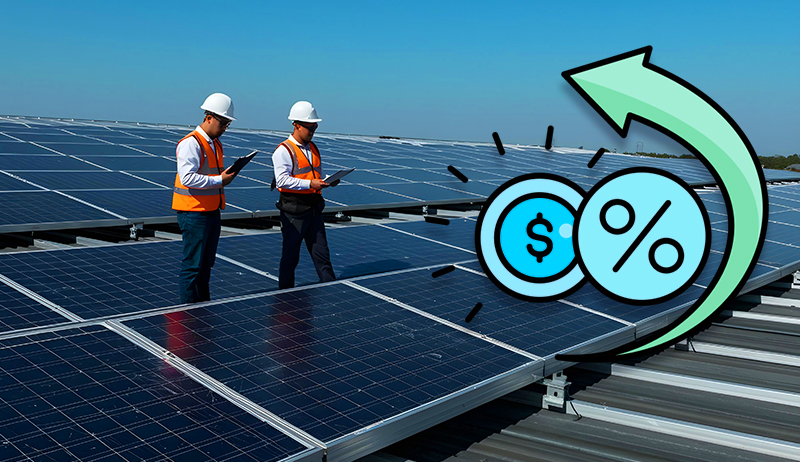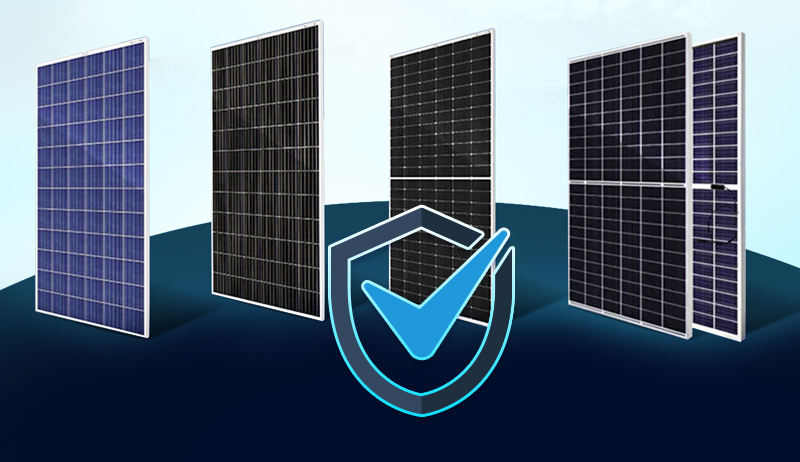Sustainable Aviation Fuel
Understanding Power-to-Liquid (PtL) Technology
In our quest for sustainable energy solutions, researchers and engineers are continuously exploring innovative technologies that can effectively harness renewable energy sources and address the challenges associated with energy storage.
Power-to-Liquid (PtL) technology is one such groundbreaking concept that offers a promising solution for converting surplus electricity from renewable sources into liquid fuels. This article delves into the concept of PtL, its working principles, potential applications, and the benefits it brings to the table.
Power-to-Liquid (PtL) technology involves the conversion of electrical energy into liquid fuels, such as synthetic hydrocarbons or renewable gases, using various chemical processes. It integrates renewable electricity generation, carbon capture, and fuel synthesis to create a closed-loop system that enables the storage and distribution of renewable energy in the form of easily transportable liquids.
Working Principles of PtL
PtL technology typically follows a multistep process that begins with the production of hydrogen through water electrolysis. Renewable electricity powers the electrolysis process, splitting water molecules into hydrogen and oxygen. The hydrogen produced can be further combined with captured carbon dioxide (CO2) from various sources, such as industrial emissions or direct air capture, to create valuable carbon feedstocks.
Subsequently, the hydrogen is combined with CO2 in a chemical reaction, often through the Fischer-Tropsch synthesis or methanol synthesis. Fischer-Tropsch synthesis involves the conversion of syngas (a mixture of hydrogen and carbon monoxide) into liquid hydrocarbons, while methanol synthesis converts hydrogen and CO2 directly into methanol. These hydrocarbons or methanol can be further processed into a variety of liquid fuels, including synthetic diesel, jet fuel, or even methane.
Power-to-Liquid (PtL)-Production company
While specific capacity data may vary over time as companies expand their operations, here are some general capacity figures for Power-to-Liquid (PtL) production companies:
INERATEC:
INERATEC has a modular approach to PtL production, allowing for flexible capacity deployment. Their modular systems range from small-scale units with capacities of a few hundred kilowatts (kW) to larger installations with capacities exceeding several megawatts (MW). Their compact design enables easy scalability to meet varying demands.
Electrochaea:
As Electrochaea specializes in power-to-gas (PtG) and power-to-methane (PtM) solutions, their capacity figures relate to methane production. Their commercial-scale PtM plants typically have capacities ranging from a few hundred kilowatts (kW) to several megawatts (MW). Electrochaea aims to deploy larger plants with capacities in the tens of MW range in the future.
Sunfire:
Sunfire focuses on high-temperature electrolysis and Fischer-Tropsch synthesis for PtL production. While specific capacity data for their PtL plants is not readily available, Sunfire has successfully demonstrated their technology at a pilot plant scale, with a capacity of around 400 kW. The company’s modular approach allows for scalability, and they have the potential to build larger PtL plants as demand grows.
LanzaJet:
LanzaJet’s focus is on sustainable aviation fuel (SAF) production. Their initial commercial plant, located in Georgia, United States, has an annual production capacity of 10 million gallons (approximately 37.9 million liters) of SAF. LanzaJet has plans for further expansion to increase production capacity in the future.
It’s important to note that capacity data can evolve as companies refine their technologies, secure funding, and implement commercial-scale production facilities. For the most accurate and up-to-date capacity information, it is advisable to consult the respective company’s official communications, announcements, or websites.
Applications and Benefits of PtL Technology
Energy Storage: One of the significant advantages of PtL technology is its ability to store surplus renewable energy in the form of liquid fuels. This offers a practical solution to the intermittent nature of renewable energy sources like wind and solar, allowing for on-demand energy availability. PtL fuels can be stored for an extended period and distributed through existing infrastructure, making it a versatile option for long-term energy storage.
Decarbonization of Transportation: The transportation sector heavily relies on fossil fuels, contributing to greenhouse gas emissions. PtL technology provides a pathway for decarbonizing this sector by producing synthetic fuels with a significantly reduced carbon footprint. These fuels can be seamlessly integrated into existing transportation infrastructure, eliminating the need for costly infrastructure modifications or vehicle replacements.
Carbon Neutrality: PtL fuels can be synthesized using captured CO2 from industrial processes or directly from the atmosphere. By utilizing CO2 as a feedstock, PtL technology facilitates the recycling of carbon emissions, significantly reducing net greenhouse gas emissions. This not only helps mitigate climate change but also provides a way to repurpose CO2 that would otherwise be released into the atmosphere.
Fuel Flexibility: PtL technology enables the production of various liquid fuels, such as gasoline, diesel, jet fuel, or even renewable methane. This versatility ensures compatibility with different modes of transportation, including cars, trucks, ships, and planes, without requiring major modifications to existing engines or infrastructure. It provides a seamless transition to a sustainable energy future without compromising convenience or performance.
Conclusion for Power-to-Liquid (PtL) technology
Power-to-Liquid (PtL) technology represents a significant step towards achieving a sustainable energy ecosystem by efficiently converting renewable electricity into liquid fuels.
With its potential for large-scale energy storage, decarbonization of transportation, carbon neutrality, and fuel flexibility, PtL offers a viable and promising solution to some of the major challenges associated with renewable energy integration. As research and development efforts continue, PtL technology holds the key to a gre
https://www.exaputra.com/2023/05/power-to-liquid-ptl-revolutionizing.html
Renewable Energy
ACORE Applauds Maryland Gov. Moore’s New Executive Order on Energy Affordability and Reliability
-
Grid Infrastructure -
Policy -
Siting & Permitting Reform -
Technology -
Press Releases
ACORE Applauds Maryland Gov. Moore’s New Executive Order on Energy Affordability and Reliability
ACORE Applauds Maryland Gov. Moore’s New Executive Order on Energy Affordability and Reliability
FOR IMMEDIATE RELEASE
Dec. 19, 2025
WASHINGTON, D.C. — The American Council on Renewable Energy (ACORE) issued the following statement from ACORE President and CEO Ray Long in response to Governor Wes Moore’s announcement of new initiatives to build an affordable and reliable energy future for Maryland.
“ACORE applauds Gov. Wes Moore for setting forth a new series of energy initiatives that seek to stabilize energy bills while ensuring grid reliability and efficiency for Marylanders. In particular, ACORE commends key provisions in the order to increase the deployment of advanced transmission technologies; streamline the siting and permitting of high-voltage transmission, energy storage, and other infrastructure; advance wholesale market reforms; and more. As the country enters a new era of electricity demand, initiatives like Gov. Moore’s will facilitate significant progress toward building a modern and reliable grid needed to maintain economic competitiveness and keep the lights on,” said ACORE President and CEO Ray Long.
###
ABOUT ACORE
For over 20 years, the American Council on Renewable Energy (ACORE) has been the nation’s leading voice on the issues most essential to clean energy expansion. ACORE unites finance, policy, and technology to accelerate the transition to a clean energy economy.
For more information, please visit http://www.acore.org.
Media Contacts:
Stephanie Genco
Senior Vice President, Communications
American Council on Renewable Energy
communications@acore.org
The post ACORE Applauds Maryland Gov. Moore’s New Executive Order on Energy Affordability and Reliability appeared first on ACORE.
https://acore.org/news/acore-statement-on-gov-wes-moores-new-energy-executive-order/
Renewable Energy
Meat–It’s What’s for Dinner, if You Don’t Care about the Animals or the Planet
 We often hear meat-eaters say things like, “If beef isn’t good, why do the manufacturers of plant-based burgers try so hard to make their burgers taste like real meat?”
We often hear meat-eaters say things like, “If beef isn’t good, why do the manufacturers of plant-based burgers try so hard to make their burgers taste like real meat?”
There is no doubt that cow and pig meat tastes and smells great; every vegan on Earth will tell you that.
The problem lies elsewhere, in a) the environmental impact of clearing the rainforests to make room for more cows, and b) the cruelty inherent in factory farming and the slaughtering of the animals.
Meat–It’s What’s for Dinner, if You Don’t Care about the Animals or the Planet
Renewable Energy
FAQs: Your Most Common Commercial Solar Questions Answered
The post FAQs: Your Most Common Commercial Solar Questions Answered appeared first on Cyanergy.
https://cyanergy.com.au/blog/faqs-your-most-common-commercial-solar-questions-answered/
-
Climate Change4 months ago
Guest post: Why China is still building new coal – and when it might stop
-
Greenhouse Gases4 months ago
Guest post: Why China is still building new coal – and when it might stop
-
Climate Change2 years ago
Spanish-language misinformation on renewable energy spreads online, report shows
-

 Greenhouse Gases2 years ago
Greenhouse Gases2 years ago嘉宾来稿:满足中国增长的用电需求 光伏加储能“比新建煤电更实惠”
-
Climate Change Videos2 years ago
The toxic gas flares fuelling Nigeria’s climate change – BBC News
-

 Climate Change2 years ago
Climate Change2 years ago嘉宾来稿:满足中国增长的用电需求 光伏加储能“比新建煤电更实惠”
-

 Carbon Footprint2 years ago
Carbon Footprint2 years agoUS SEC’s Climate Disclosure Rules Spur Renewed Interest in Carbon Credits
-
Climate Change2 years ago
Why airlines are perfect targets for anti-greenwashing legal action

%20Technolog.jpg)



 Full energy assessment
Full energy assessment



